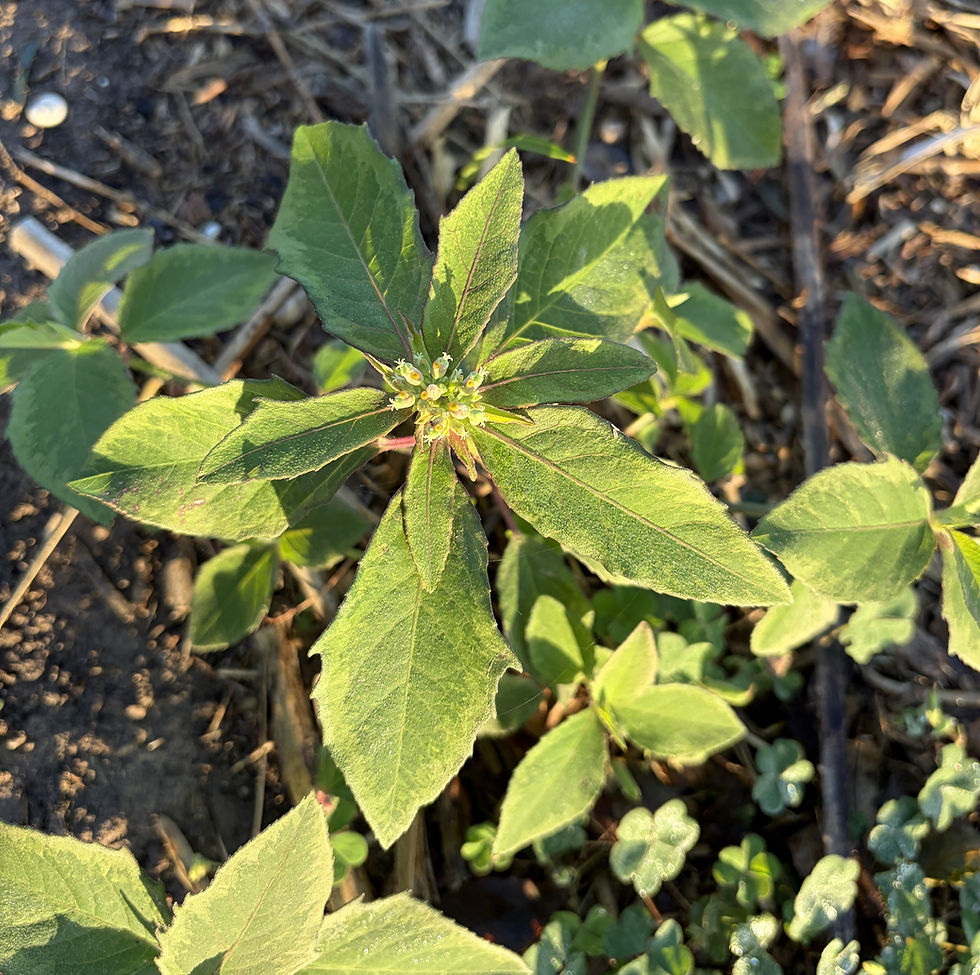Mistletoe is rooted in more than the branches of a tree
- jjvanm
- Dec 2, 2023
- 2 min read
Published in the McAllen Monitor, December 1, 2023
Story and photos by Anita Westervelt

Long before mistletoe was a holiday decoration, ancient Celtic Druids revered it as holy because it rooted in the upper boughs of trees, closer to heaven than any other plant.
In medieval times, mistletoe was hung in doorways to keep witches and ghosts away. Kissing beneath sprigs of mistletoe was introduced in England during the 18th century, a tradition that quickly spread throughout the world.
Regardless its history, for an interesting venture, stroll through your neighborhood or favorite park and look up – not to spot birds, but to spy clusters of dense, dark green vegetation in the upper reaches of mesquite, sugar hackberry or oak trees. Mistletoe requires direct sunlight for healthy development, which is why it is generally found high in the tree crown. It is more easily spotted in winter when trees have partially shed their leaves.

Mistletoe is commonly labeled as a parasite that kills trees. More correctly, it is a hemiparasitic plant because it uses photosynthesis for a short period of time. It has roots called haustoria that grow around and into thin tree branches, drawing nutrients from that source, as it is unable to make its own energy from sunlight and water.
As a new plant establishes, it stops using photosynthesis and collects food and water directly from its host plant. It takes on a ball shape as it develops. Clumps of mistletoe have been known to amass three feet in width and weigh in excess of 100 pounds. Mistletoe rarely causes enough cumulative damage to kill a tree unless there are multiple plants in every branch, according to Texas A&M Forest Service. It is not a serious tree pest but may become an additional stress factor contributing to poor tree health. Branches may die but it is unlikely to kill trees directly.
American mistletoe, Phoradendron leucarpum, is native in southern and western United States and Mexico. It has small, creamy-white flowers that produce a white berry. White seeds develop within the sticky, gelatinous pulp of the fruit. Squirrels and birds, especially migratory cedar waxwings and robins, feed on the fruit. Seeds are distributed by sticking to the beaks and feet of birds, or after passing through a bird’s digestive system. In a drought year such as we have had, fruit may not have set and leaves may be pale green and shriveled.
Contrary to mistletoe being a deadly parasite, studies have found that habitats with a moderate amount of mistletoe are biodiverse and ecologically healthy. As a trickledown effect, consider that mistletoe doesn’t just impact the canopy, it also provides nutrient rich leaf litter, which increases the numbers of spiders and insects found on the ground. Those arthropods provide a secondary food source for insectivores like swallows, lizards, geckos and bats.
Not only has mistletoe tradition spread, over time new species have been discovered in the wild, growing on a diverse number of trees in Europe, Asia, Australia, Africa, and North, Central and South America. Interestingly, fossilized evidence shows mistletoe to be millions of years old.

- 30 -





